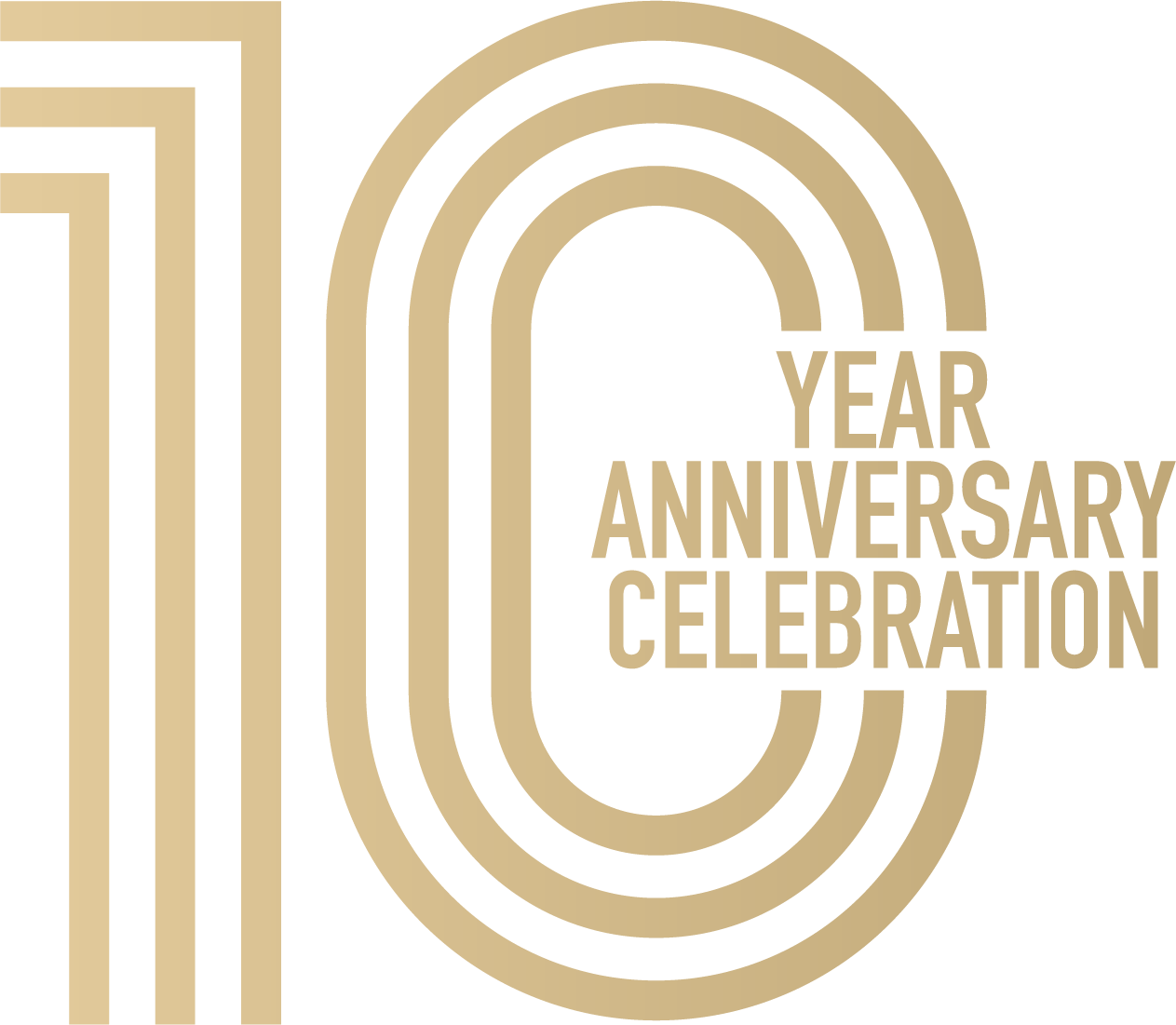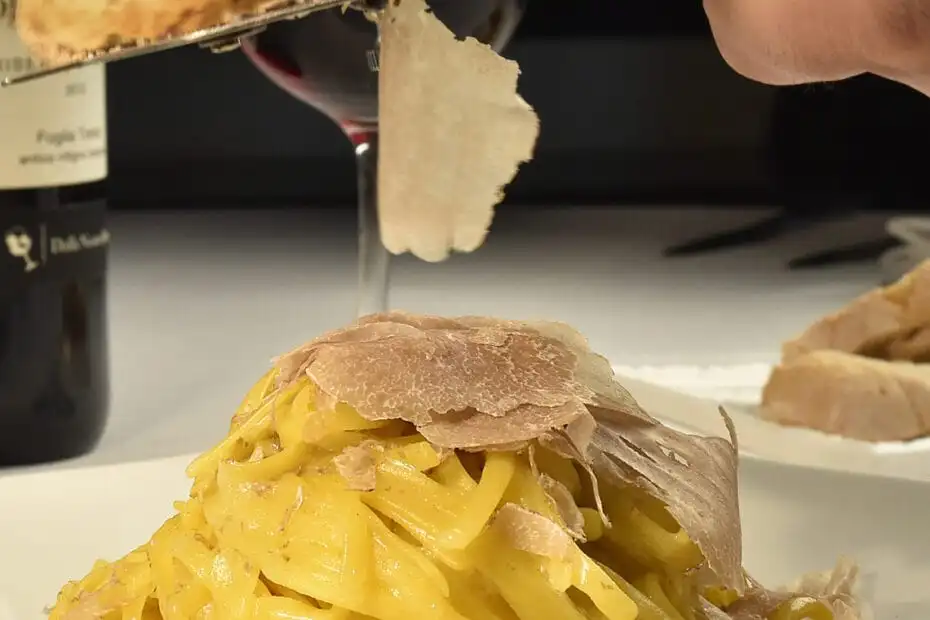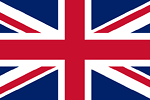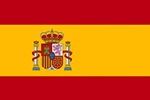We hope you are doing well. We’re reaching out with an important update on the wine and whisky investment markets and why current events may present a timely opportunity for your portfolio. Recent U.S. tariffs targeting the wine and spirits industry have created waves in the market, but as we outline below, these developments could open up strategic entry points for investors. In this note, we’ll cover the tariff news, the resilience and performance of fine wine and whisky, and why now might be an ideal moment to consider expanding your portfolio in these assets. Our goal is to inform you of the facts and highlight potential opportunities, all in a balanced manner.
Market Disruption: Tariffs Shake the Industry, But Not Its Foundations
You wouldn’t have been ablet o excape it, but in case you didn’t know, the U.S. administration on Wednesday announced new tariffs on every exporting country to the US and importantly for this note, it includes tariffs on imported alcoholic beverages, including wines and whiskies. In late March, threats of hefty levies (up to 200% on European wines and spirits) caused many U.S. importers to halt shipments in anticipation. Industry professionals warned that a 200% tariff would be catastrophic for the global wine and spirits trade. While such an extreme tariff has not been fully implemented, even a more modest tariff (25% or 50%) is expected to send shock waves through the supply chain. It’s easy to see why: the U.S. accounts for nearly 20% of the EU’s wine export market, about $14.1 billion worth in 2024. Tariffs on this scale create uncertainty for producers and distributors on both sides of the Atlantic.
However, it’s important to keep this disruption in perspective. Tariffs and trade policies can change, and the current measures – while disruptive – do not alter the fundamental supply, quality, or global appeal of fine wines and whiskies. Top European producers are already seeking ways to adapt, including shifting focus to markets with growing demand. In fact, the initially proposed worst-case tariffs were dialed back; as of early April, the U.S. imposed targeted duties (for example, a 25% tax on certain imported beers and materials) but held off on the blanket 200% alcohol tariff threat. The takeaway is that while short-term headwinds exist, they are likely temporary. The intrinsic value of a great Burgundy wine or a rare Scotch whisky is not erased by a tariff – if anything, short-term market dips in one region can create buying opportunities for dialed in investors worldwide.
Fine Wine & Whisky – Resilient Assets with Strong Track Records
Fine wine and whisky have historically shown remarkable resilience, even when global markets face turbulence. Unlike stocks or bonds, these tangible assets are not strongly correlated with mainstream financial markets. Indeed, as I write this note the:
- S&P 500 has fallen by 4.8%, equating to a loss of over $2 trillion in market value.
- Dow Jones Industrial Average has dropped 4%, translating to a decrease of nearly 1,679 points.
- Nasdaq Composit, has tumbled 6%, with yesterday (Thursday) marking is worst one day fall since 2020.
During past economic crises and periods of high inflation, fine wine in particular has acted as a “safe haven”, preserving capital, even climbing in value as traditional investments stumbled. This low correlation means adding wine and whisky to a portfolio can provide stability and diversification – a buffer against volatility in equities or real estate. Crucially, demand for top-tier wines and whiskies tends to persist (and often grows) due to their cultural value, limited supply, and expanding global base of collectors. Even in the face of recent market challenges, many industry experts see the current pricing as attractive. A February survey of wine merchants indicated that fine wine prices has shown signs of bottoming out, with buyers increasingly perceiving “incredible value” at today’s prices.
The performance numbers behind wine and whisky investments underscore their strength:
- Fine Wine: Investment-grade wines have appreciated about 146% over the past 10 years, on average, according to kpmg. Even with some price cooling in 2022–2024, values are generally much higher than they were five or ten years ago. For example, the Liv-ex Champagne 50 index (tracking top Champagne wines) is up 28% in the last five years alone, significantly outperforming many stock indices in that period. Such growth has made fine wine one of the top-performing “passion assets” of the last decade, second only to whisky.
- Rare Whisky: Whisky has been a standout performer in luxury asset rankings. Prices for rare whisky bottles have soared by 322% over the past decade, according to the Knight Frank Luxury Investment Index. In real terms, that means a bottle that was $10,000 ten years ago could be valued at over $42,000 today (depending on the brand and rarity). Whisky casks (whole barrels of maturing whisky) tell a similar story: they have delivered steady returns averaging over 10% per year over a five-year holding period. This performance is not just a short-term fluke; it reflects the surging global demand for premium whisky and the finite supply of aged spirits. In fact, whisky was the number one performing collectible asset of the past 10 years, even beating fine wine in aggregate returns.
It’s also worth noting that both wine and whisky have proven long-term value growth despite occasional dips. The most sought-after Burgundy, Bordeaux, and Scotch labels remain more expensive today than five years ago, according to decanter.com, and over the past decade fine wine and rare whisky have comfortably outpaced inflation. This track record can give investors confidence that, while year-to-year prices can fluctuate, the overall trajectory has been strongly upward.
Turning Challenge into Opportunity: Why Now is Strategic
The current market conditions – a mix of tariff-induced uncertainty and recent price corrections – may actually present a strategic window for investment. Here’s why we believe now is an opportune time to consider adding fine wine and whisky to your portfolio:
- Short-Term Volatility, Long-Term Growth: The tariff news has injected some short-term volatility and caution in the market. But such periods of uncertainty are often when asset prices become most attractive. Just as we saw a pullback in wine prices in the last two years (the Liv-ex 100 index dipped ~9% in 2024, according to decanter.com), we are now seeing signs of stabilisation and value. When others are hesitant due to temporary factors like tariffs, entering the market at lower price points can position you to reap the rewards when normalcy returns. Trade disputes and tariffs tend to be cyclical; in the meantime, you can acquire high-quality wine and whisky at prices that might be a bargain in hindsight.
- Robust Global Demand: The fundamental demand drivers for fine wine and whisky remain intact. If U.S. tariffs limit American imports, other markets are ready to absorb supply. Asia, for instance, has a booming base of wine and whisky collectors, and Europe’s own consumption of fine wines is on the rise. The Irish Whiskey Association notes that 40% of Irish whiskey production was going to the U.S., but distillers will now expand in other markets to compensate. In short, the global thirst for premium wine and whisky isn’t going away – it’s growing. The worldwide whisky market is even forecast to grow from ~$70 billion today to $125 billion by 2032, driven by emerging middle-class consumers and connoisseurs worldwide. This growth will continue to underpin the investment values of quality bottles and casks.
- Diversification and Stability: Investing in wine and whisky can enhance your portfolio’s resilience. These assets often move independently of stocks and bonds. For example, fine wine’s performance has shown little correlation with equity markets and has protected wealth during times of economic stress. Whisky casks and rare bottles similarly have a low correlation to financial market swings, since their value is more tied to aging and scarcity than to corporate earnings or interest rates. By diversifying into wine and whisky, you buffer your portfolio against market volatility and inflation. They are often considered a hedge – when inflation rises or currencies fluctuate, tangible assets like a cellar of Bordeaux or a collection of Scotch can retain or increase their value in real terms.
- Market Sentiment Turning Positive: There is a sense in the industry that we are at a turning point. After a period of consolidation, investor sentiment toward wine and whisky is improving. A recent survey of high-net-worth investors showed whisky is now the most popular luxury investment on their radar, with 27% planning to invest in whisky in the next 3 years (versus 15% for fine wine). This uptick in interest can drive prices higher in the coming years. At the same time, merchants report that current prices for many fine wines are enticing buyers back into the market, according to decanter.com. In other words, smart money is starting to quietly accumulate these assets, anticipating future gains.
A Balanced Path Forward – Consider Expanding Your Portfolio
To be sure, no investment is without risk. Wine and whisky prices can ebb and flow, and liquidity (the ability to sell quickly) is not as immediate as with stocks. But the overall fundamentals and historical performance of these assets make a compelling case for a measured, strategic investment. By focusing on high-quality, in-demand labels – think blue-chip Grand Cru wines or renowned distillery releases – you position yourself to capitalise on future appreciation while enjoying the stability these assets can provide.
In light of the current market dynamics, we encourage you to consider expanding your portfolio of fine wines and whiskies. This doesn’t require a big shift in strategy; even a modest additional allocation to these alternative assets can enhance diversification and potential returns. Our team is here to help you identify specific investment opportunities that align with your goals – whether it’s acquiring a set of top-rated 2016 Bordeaux wines or a couple of sought-after Scotch whisky casks from a respected distillery.
Opportunity Knocking – Will You Answer?
The combination of temporarily softer prices, strong long-term growth forecasts, and the tariff-driven market shake-up has created a unique moment to step back into the wine and whisky markets. By acting strategically now, you could be investing in assets with significant upside once the dust settles. Remember that some of the best investment decisions are made when short-term news appears challenging but the long-term outlook remains sound.
If you’d like to discuss this further or explore current offerings in the wine and whisky space, please don’t hesitate to reach out. We are happy to answer any questions and guide you through the process of selecting and managing these investments. Whether you’re a seasoned collector or you came on baord to dip your toes into wine and spirit investments, we can tailor our advice to your experience level.
Thank you for reading, and as always, we appreciate your trust. We strive to keep you informed and to help you make well-informed decisions for your financial future.








